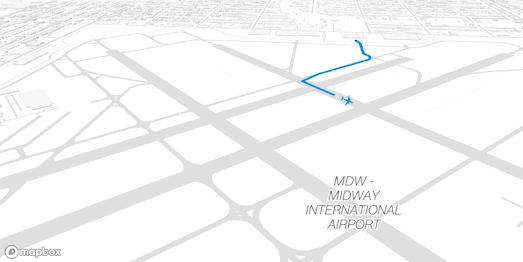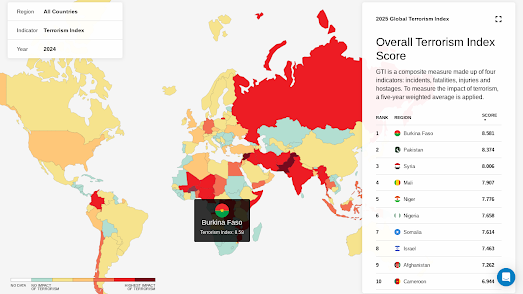StreetWhip
If you've ever lost an hour (or five) wandering the globe via Google Street View, you’re not alone. There’s something uniquely thrilling about virtually dropping into a faraway town and soaking in the details — the architecture, the people, the colors of everyday life. But what if you could do more than just look? What if you had a knowledgeable, curious local guide whispering in your ear, telling you what you're seeing and why it matters?
Welcome to StreetWhip — a wildly addictive mashup of Google Street View and artificial intelligence that turns virtual wandering into a rich, immersive learning experience. Think of it as a reverse Geoguessr: instead of guessing where you are, StreetWhip tells you where you are, what you’re seeing, and the deeper stories behind it all.
Not Just a Street — A Story
Let’s say you’re standing on a bridge over the Dijver canal in Bruges. To the untrained eye, it’s a scenic view with charming brick buildings lining the water. But click on a StreetWhip link, and suddenly you’re informed:
"That’s the Old St. John’s Hospital, one of the oldest surviving hospital buildings in Europe. Notice the row of smaller arched windows near the bottom? Those illuminated the original wards."
It’s like turning on an X-ray vision for cultural and historical insight. StreetWhip identifies buildings, styles, historical relevance, and even hidden quirks in the environment — all powered by AI that acts like your personal tour guide. It brings a layer of meaning to what would otherwise just be “some random street.”
Why StreetWhip Is So Addictive
What makes StreetWhip so brilliant is that it taps into something deeply human: curiosity. You’re not being led through a pre-designed museum exhibit — you’re exploring, poking around unfamiliar neighborhoods in Japan, Uruguay, or Morocco and then being rewarded with tidbits of local culture, architectural nuance, and historical backstory.
Google Maps Needs Street Whip
StreetWhip is so informative and useful that Google should seriously consider implementing something like it directly into Google Maps. I still fondly remember the Wikipedia layer that unfortunately Google removed back in 2013. StreetWhip feels like its spiritual successor: a smart, engaging map companion for those of us who love learning about the world.
Google has actually taken some tentative steps toward implementing an AI travel guide for Street View. Google Talking Tours, a collaboration between the Google Arts & Culture Lab and artist-in-residence Gaël Hugo, is an experimental project that leverages generative audio and Google’s Gemini AI to provide dynamic, location-specific insights about cultural landmarks featured in Street View.
However, unlike StreetWhip, Talking Tours is limited to just 55 major landmarks around the world. It offers an AI-generated audio guide that delivers insights based on the visual content of Street View panoramas. Users can explore a 360-degree view of a site, take a snapshot, and receive detailed commentary from the AI. Additionally, there's an “Ask a Question” button that generates three contextual questions about the location, enhancing interactivity and personalized learning.
Google Talking Tours is a promising start, but it barely scratches the surface of what’s possible. Taking inspiration from StreetWhip — with its deep contextual insights, spontaneous street-level discovery, and playful interactivity — Google could use its Gemini AI to transform Google Maps' vast Street View archive into something far richer: not just a map, but a living, breathing encyclopedia of the world.
































